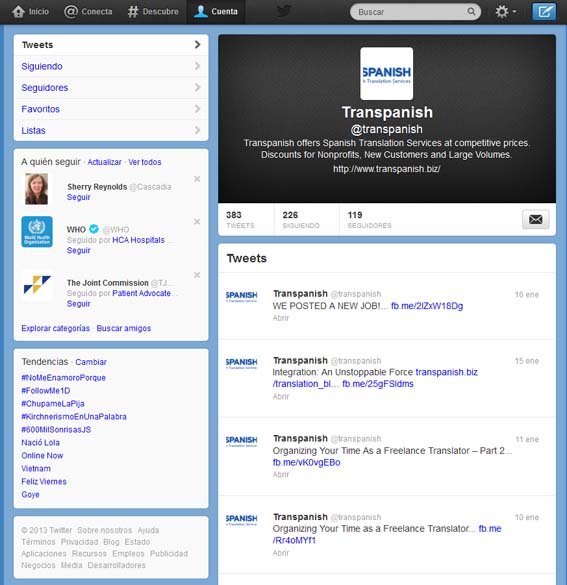For freelance translators, project management can end up being one of the more time-consuming roles that they fill. It is a multi-faceted set of responsibilities, and mastering it is essential to making sure everything runs like a well-oiled machine. It covers everything from managing time schedules and deadlines, to setting rates and communicating expectations. It means covering your bases up front to avoid potential miscommunications later on, but also being prepared to deal with situations that don’t go according to plan.
- Always plan. Planning involves several aspects, including working within deadlines. As a project manager, you are responsible for assigning projects and making sure that deadlines are realistic given the availability of the translators and proofreaders that you work with.
- Get to know your workers. Understanding the abilities and shortcomings of the people that work under you can help avoid surprises along the way. If you know, for example, that a particular translator takes longer to do a particular type of job, first make sure that the agreed deadline takes that into account, or that you have someone else on hand to do it. And this leads us to the next point.
- Avoid putting people in the wrong roles. For example, don’t assign a medical translation to someone who specializes in legal translations. Not only would it likely take longer to get the job done, but the end product may not be up to standards.
- Form the right teams. This is an extension of knowing the people that you work with, but we’ll expand on it here because managing people is always one of the most difficult, and important things that a manager must do. If you know that certain translator doesn’t get along with a proofreader, don’t put them to work together. Get to know their skills as well as their personalities to make the most effective team combinations.
- Don’t be afraid to ask for help. Very few translators are experts in every field, even project managers. At some point or another, everyone could use a little help or advice. And even the best project manager can meet their downfall by failing to ask for help when it’s needed. Instead of taking that risk, seek collaboration among the people that you work with. Not only is the communication good for everyone on the team, but it also reminds them — and you — that you hired them for a reason.
- And the final point is that if you ever see a battle brewing between the members of your team, don’t take sides. Neutrality is an important quality in a manager and once lost, you may never get it back. On the other hand, don’t avoid problems or try to ignore them. Dealing with issues head-on, in a neutral, problem-solving way, can keep them from cropping up again in the future.
If you’re currently working under a project manager, or if you are one yourself, consider the effectiveness of those efforts in relation to the points listed above. A small change could make a big difference.












